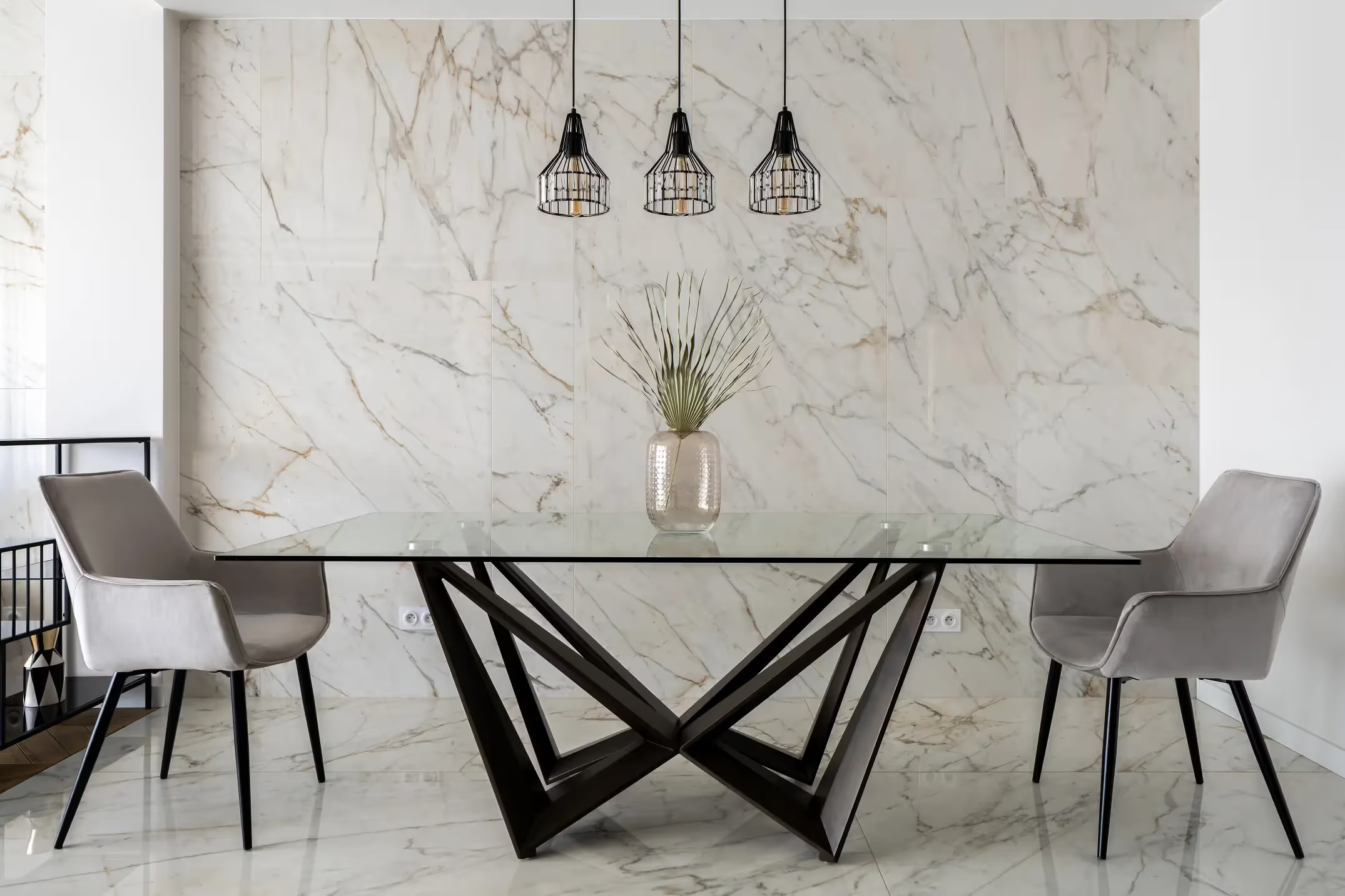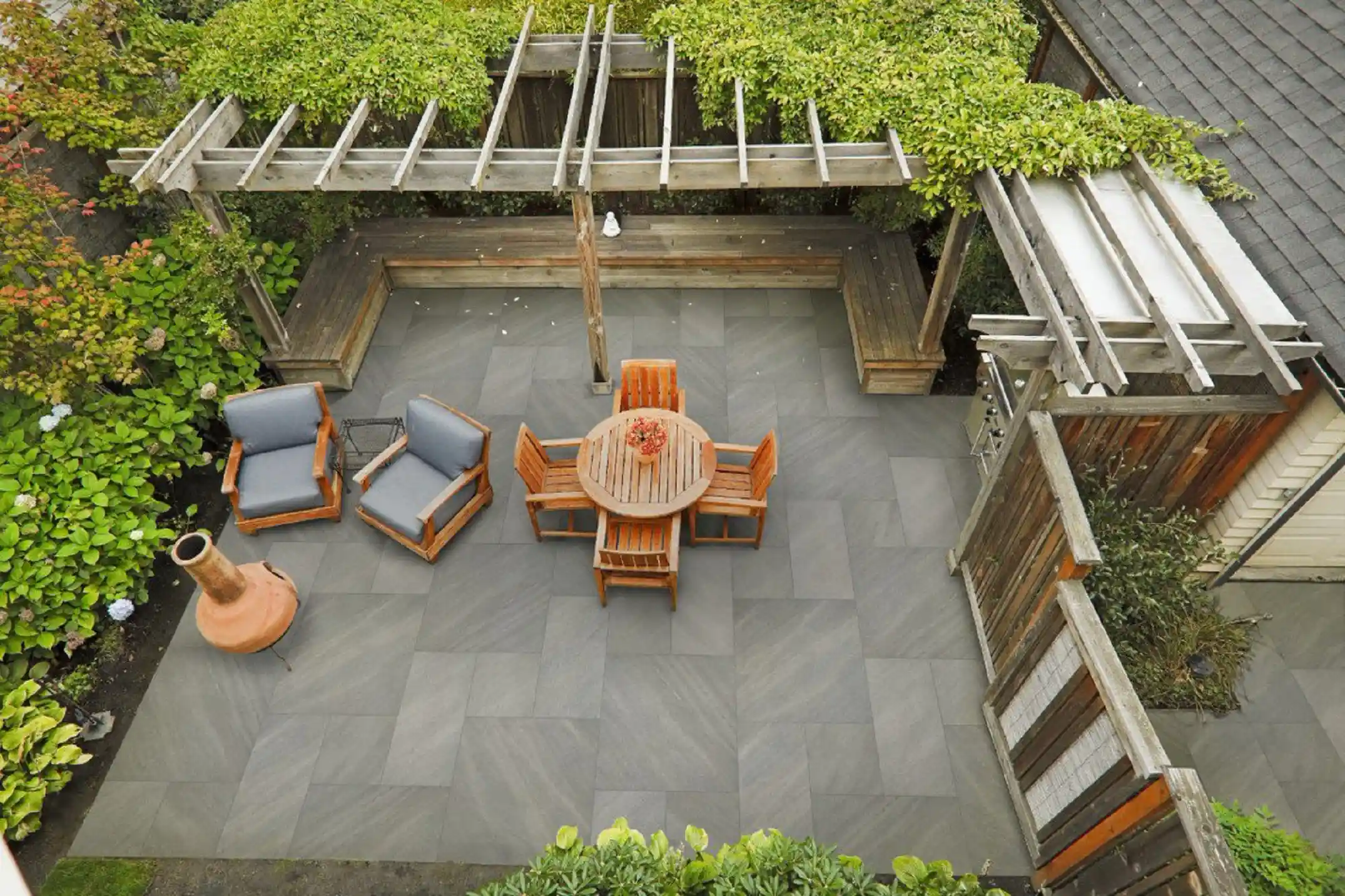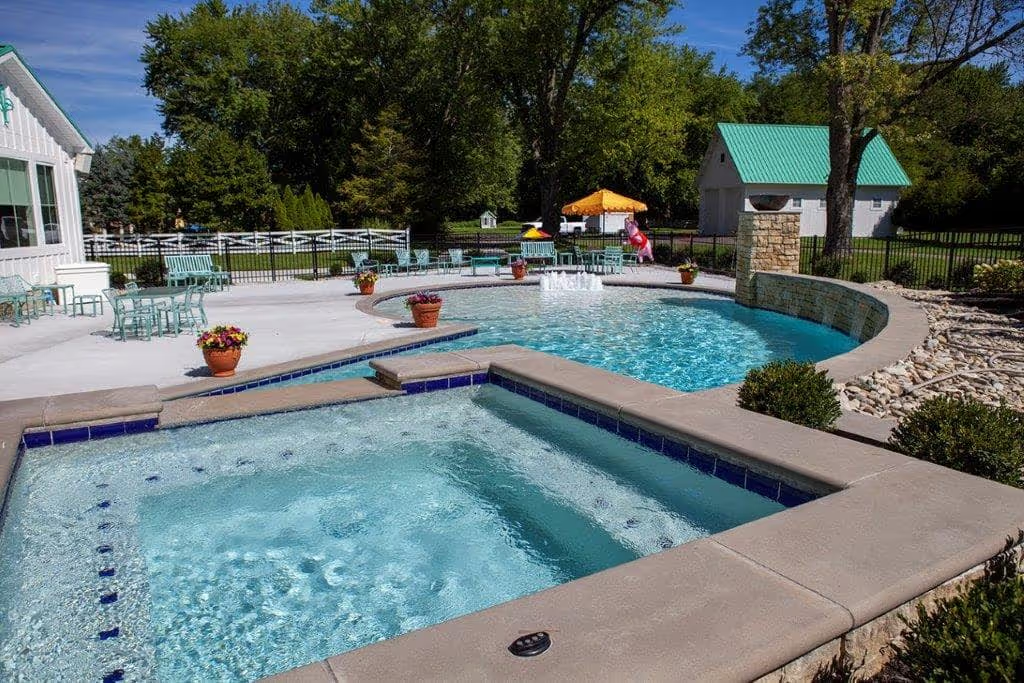- Stone Center
- Blog
9 Ideas to Make Your Backyard Pond Dream into Reality
11/1/2025
10/18/2024
9 Ideas to Make Your Backyard Pond Dream into Reality
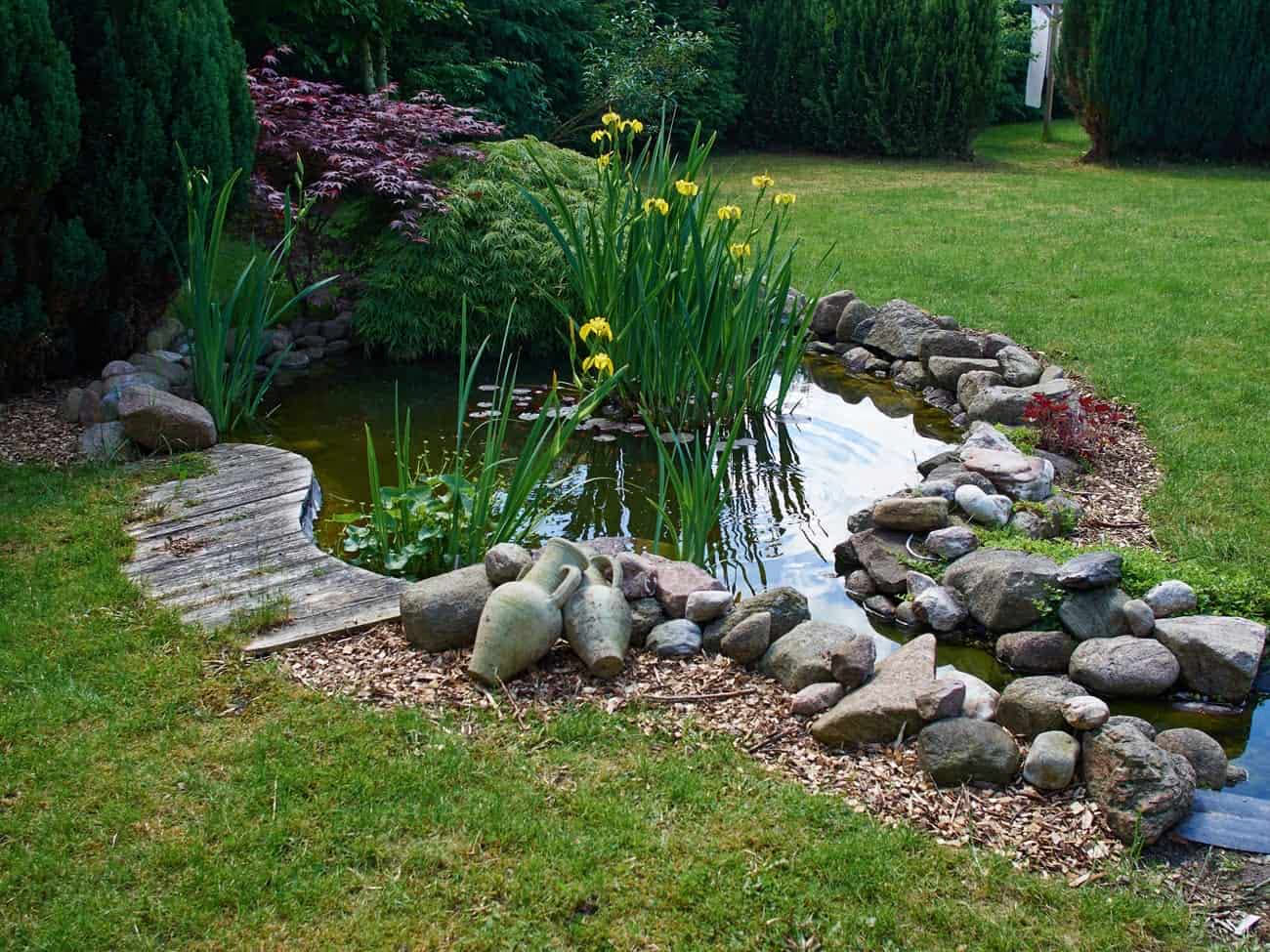
If you’re like many, you’ve dreamed of having a picturesque backyard pond. But if you’re not sure where to begin, don’t stress. Our experts at Stone Center are here to help your dream come to life, and the process is likely easier than you thought!
Sit back and prepare to learn how simple it is to create your own oasis. We’ve prepared the best ideas, price considerations, and basic materials to use. Plus, we’ve provided tips and reviews of the biggest mistakes so you can avoid the frustrations of creating an outstanding backyard pond.
Is It Expensive to Make a Pond?
Unless you plan on making a swimming pond, which can cost upwards of $65,000, or a complex pond with elaborate features, small backyard ponds are generally affordable and a fun project to tackle. We’ve outlined the three most popular price tags for a pond:
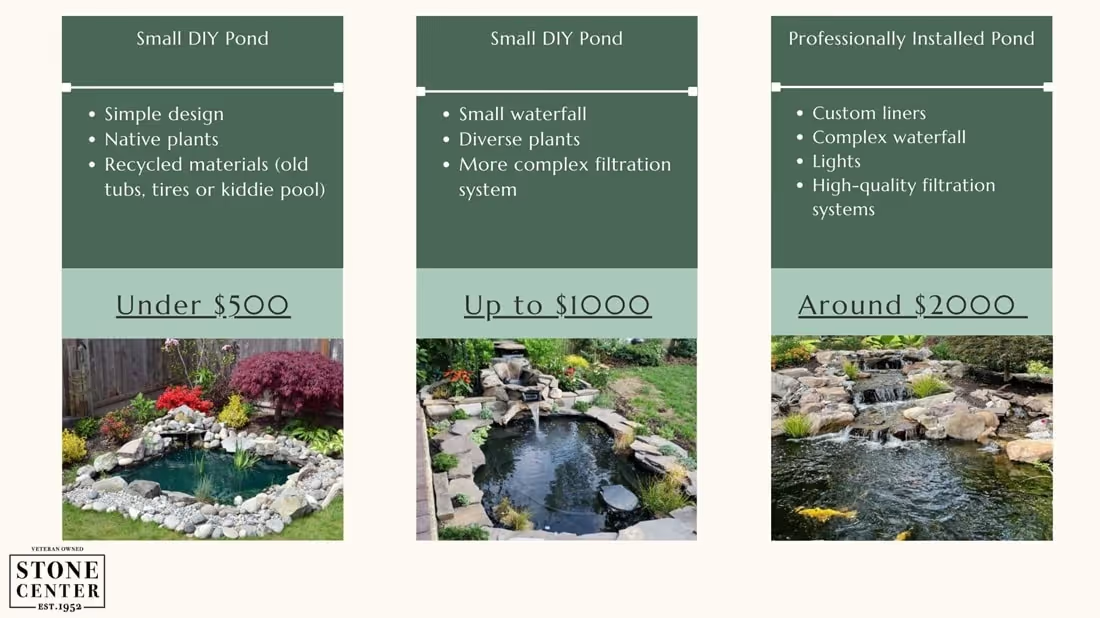
Keep in mind that natural stone would be one of the most expensive materials to use for an outdoor pond. But it doesn’t mean that a pond with natural stones is unaffordable. Prices vary depending on the type, size, and quality, and you can see it yourself by checking our natural stone catalog. Remember, even a simple, budget-friendly pond can bring a touch of tranquility and beauty to your backyard!
Let's look at some of the most interesting and doable ideas for your natural pond project!
9 Ideas for Backyard Ponds
Rectangular Pond
A clean, modern pond shape that fits well in contemporary or minimalist gardens. Its geometric shapes offer a sense of order while still maintaining a natural feel.
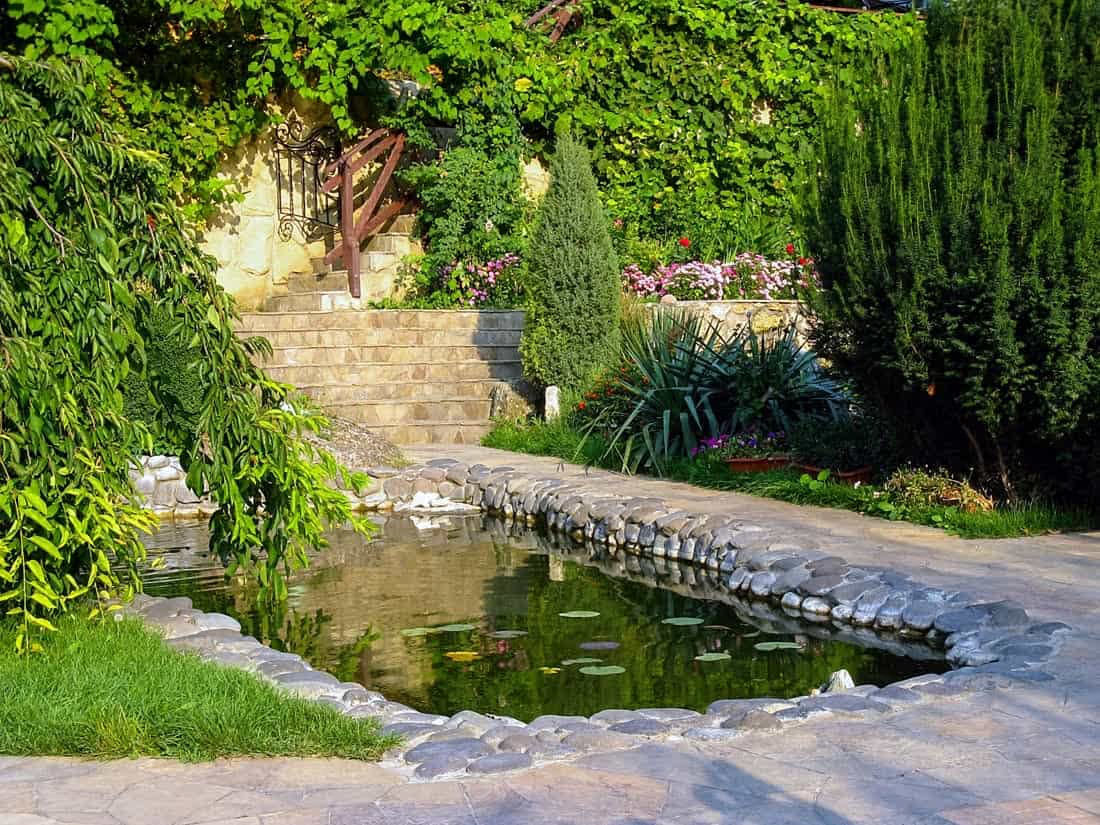
Koi Pond
A peaceful pond designed to showcase colorful koi fish. Whether you'd like to make a traditional pond with water lilies and shiny black rocks or create a modern koi pond in a rectangular pond, koi ponds have natural and serene touches to the environment.
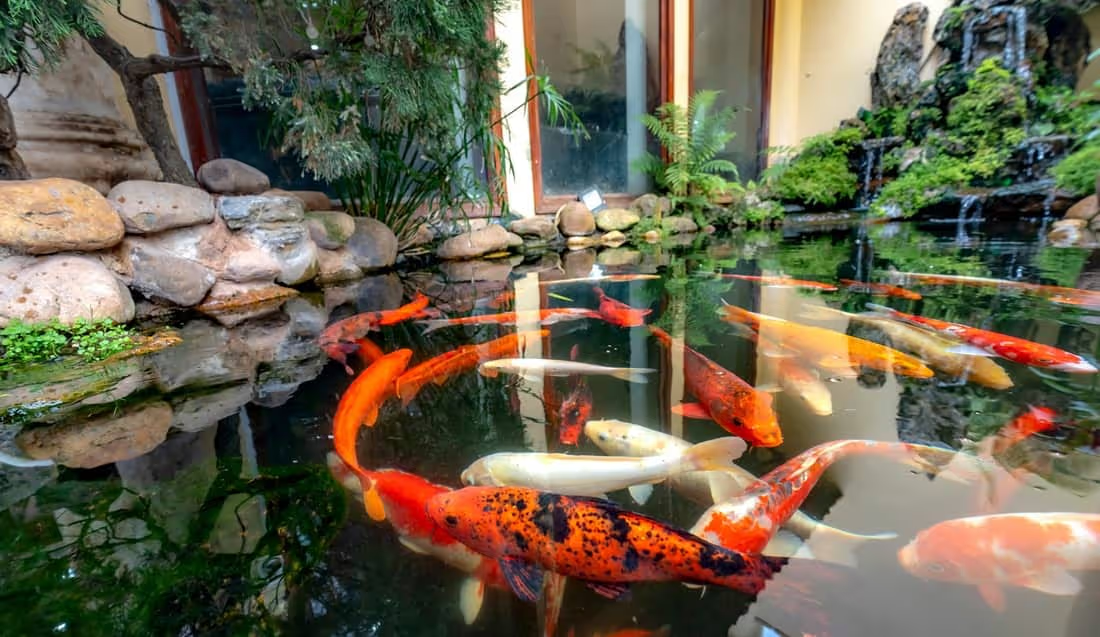
Round Pond
A classic, balanced shape that blends into any garden design. Perfect for small spaces, this pond can be accented with plants or pebbles.
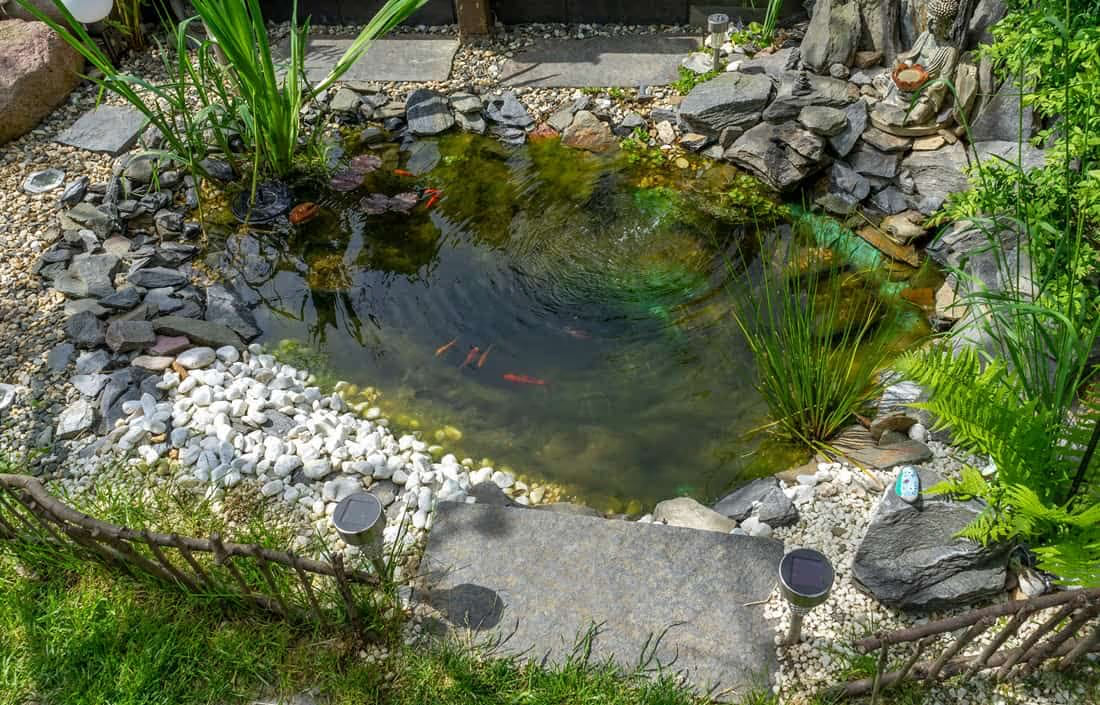
Reflective Pond
A shallow, still pond designed to reflect the sky and surrounding trees or plants. It provides a tranquil, mirror-like surface.
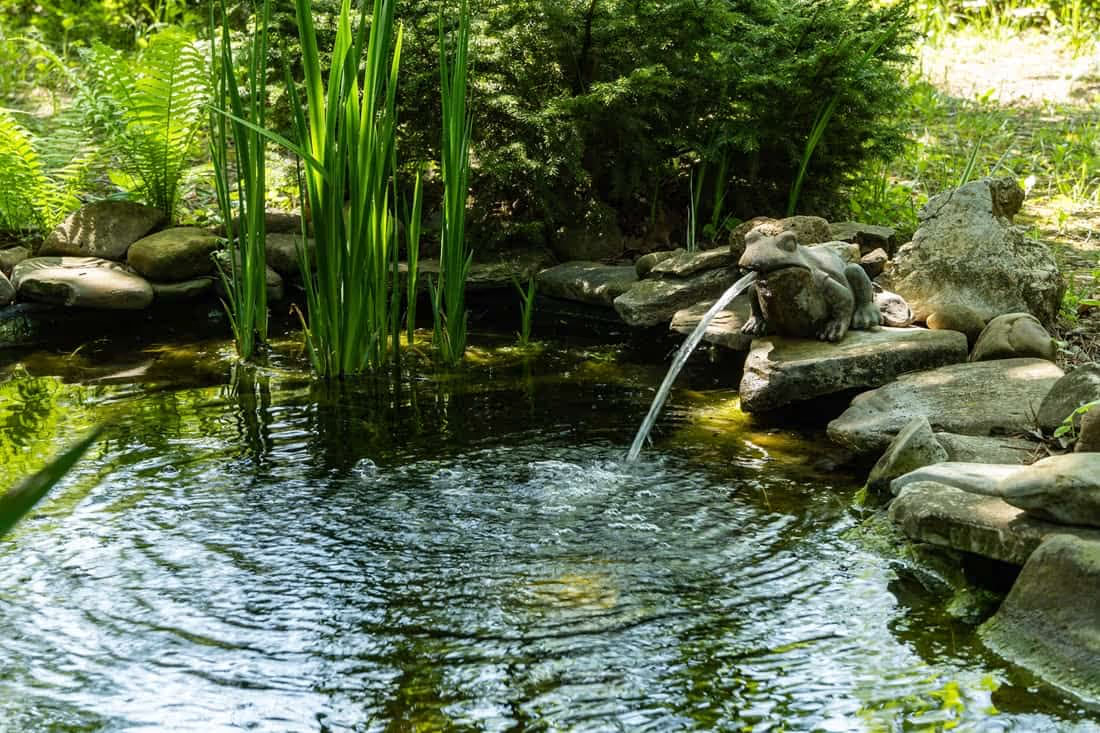
Zen Pond
Inspired by Japanese gardens, this pond includes minimal plants, like lily pads, smooth stones, and maybe even a single sculpture to create a meditative space.
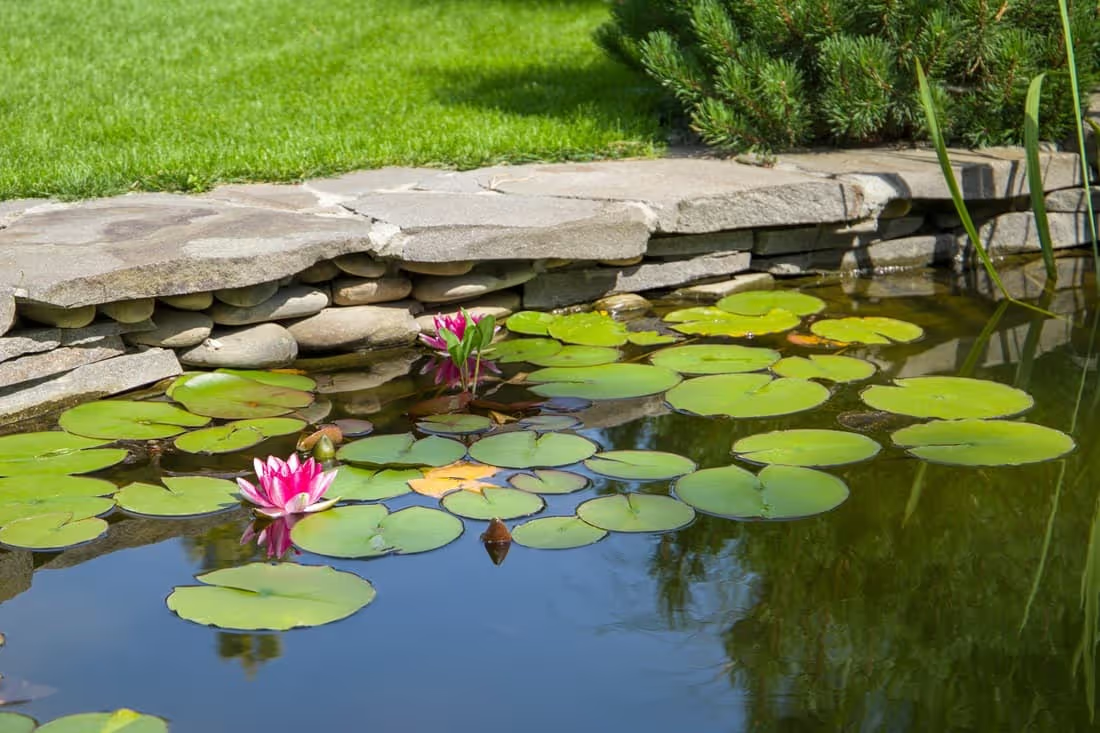
Pebble Pond
A shallow pond with a base of smooth pebbles that create texture and reflect light beautifully in the water.

Patio Pond
A small, raised pond placed close to a patio or seating area, making it easy to enjoy the sights and sounds of water while relaxing outside.
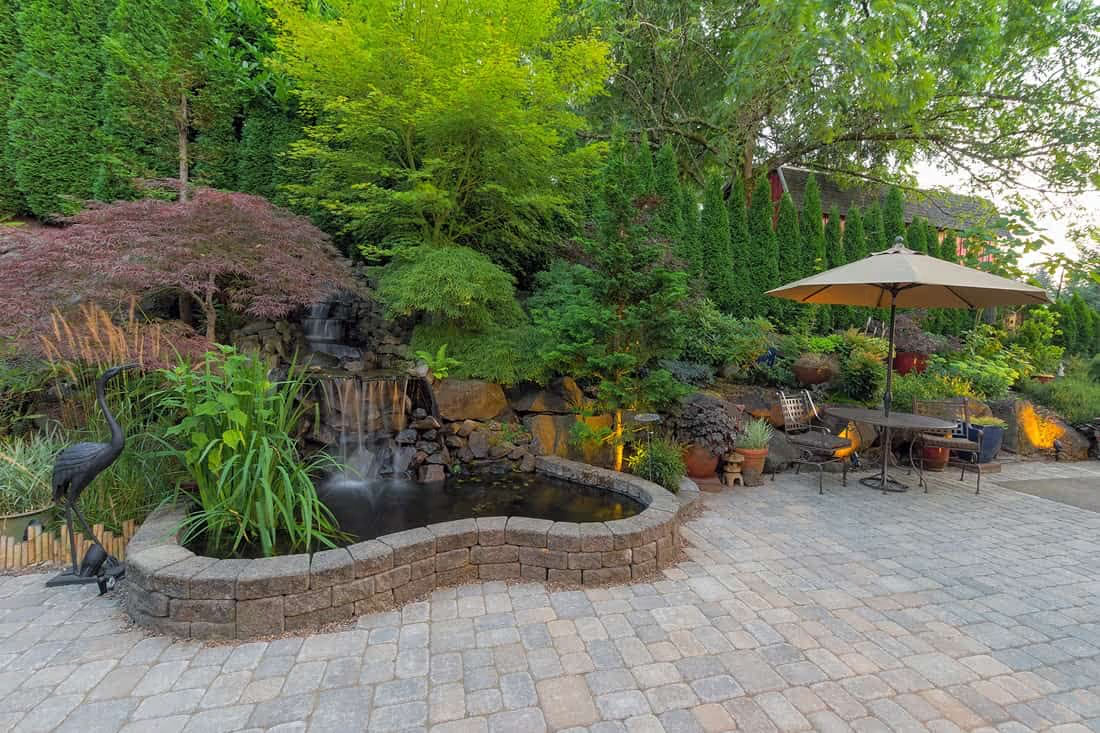
Flower Bed Pond
A small pond nestled into a flower bed, surrounded by colorful blooms. This design integrates the water feature with the garden for a cohesive look.
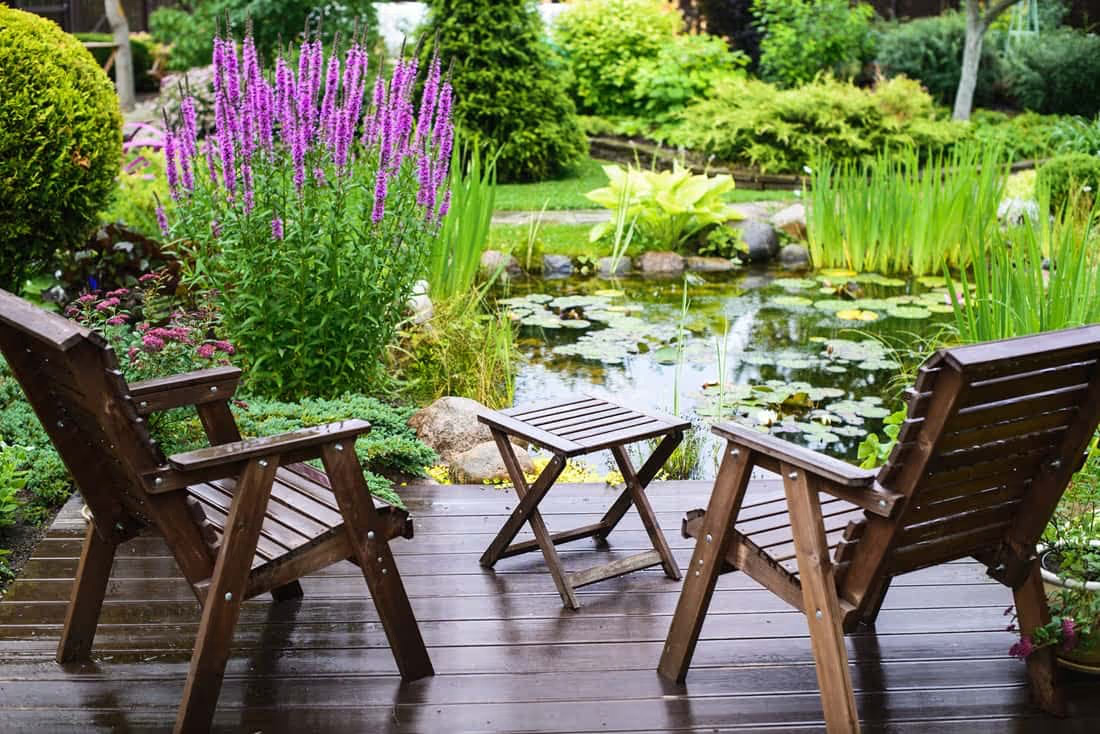
Waterfall Pond
A pond with a gentle, small waterfall that adds the soothing sound of flowing water. It creates a peaceful atmosphere and can be designed with natural stones for a more organic feel.

There are many ideas that may interest you other than just a pond. If you have doubts about making a pond but still want to add a nice touch to the backyard, we encourage you to check out our blog dedicated to ideas for water features in your backyard.
We explored the best backyard pond ideas that will suit every style and design. Now let's dive into the simple yet useful guide on how to build a pond!
How to Make a Pond
It’s clear that adding a pond to your backyard can transform your outdoor space into a peaceful oasis. Whether you’re looking to dig into the ground or prefer a raised pond, the process can be simple and rewarding. Let's take a look at the basic materials you need to make a backyard pond:

We know the materials needed, now let's start digging! Here’s a step-by-step guide to creating your own small-sized pond that’s perfect for a variety of garden styles.
In-Ground Pond
- Choose the Location:
Pick a spot that gets both sun and shade during the day. Too much direct sun can cause algae, while too much shade can prevent plants from growing.
- Outline the Pond:
Use a garden hose to outline the shape of your pond on the ground. This allows you to visualize its size and adjust before you start digging.
- Start Digging:
Use a shovel to dig your pond to a depth of around 18-24 inches, depending on your design. Make sure to create sloped edges so animals can easily access and exit the pond.
- Add the Underlay and Liner:
Lay the underlay fabric to protect the liner from rocks and roots, then place the pond liner over it. Smooth out any folds or wrinkles.
- Fill with Water:
Gradually fill the pond with water, adjusting the liner as it fills to ensure a smooth fit. Don't fill the pond completely to the brim, leaving some space for water to expand if the temperature rises. After filling the pond, allow the water to settle for several days, or even up to a week, before you add plants or fish.
- Edge the Pond:
Place flat rocks or stones around the edges to secure the liner and give the pond a finished, natural look.
- Optional — Add a Water Pump:
If you want water movement, install a small water pump or fountain at this stage. It will help keep the water oxygenated and reduce algae growth.
- Add Aquatic Plants:
Place aquatic plants like water lilies or floating plants in your pond for added beauty and balance to the ecosystem.
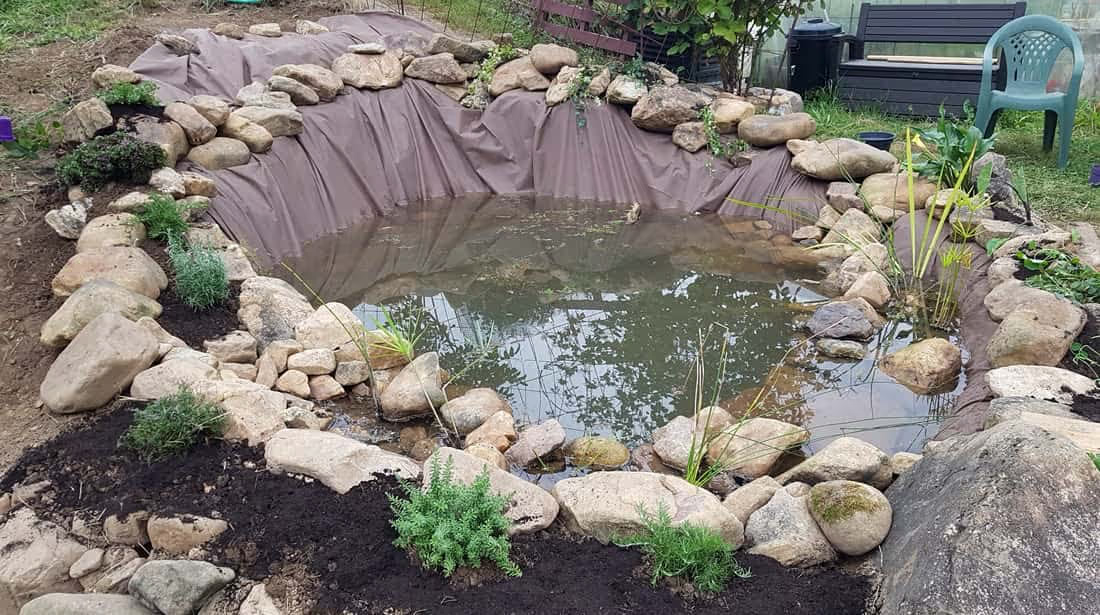
Raised Garden Pond
- Choose the Location:
Like the in-ground pond, find a sunny spot that also receives some shade during the day. Make sure the ground is level.
- Build the Frame:
Use wooden boards, stone bricks, or concrete blocks to create a sturdy frame for your pond. Ensure the walls are at least 18-24 inches high for a good depth.
- Line the Inside:
Place an underlay fabric inside the structure to protect the pond liner. Then, install the pond liner ensuring it reaches over the edges of the frame.
- Fill the Pond:
Slowly fill the pond with water, allowing the liner to adjust to the shape and stay smooth. Don't fill the pond completely to the brim at this point, leaving some space for water to expand if the temperature rises. After filling the pond, allow the water to settle for several days or even a week before adding plants or fish.
- Edge the Pond:
Secure the liner by folding it over the edges and using flat stones, bricks, or plants around the top to cover the edges and create a neat finish.
- Install the Water Pump (Optional):
If you’d like water movement, add a small pump or fountain to your raised pond to circulate the water.
- Decorate and Plant:
Add aquatic or floating plants to bring life to your pond. You can also place decorative stones or sculptures around the pond for extra charm.
Creating a small pond is simpler than you think, and the result enhances the beauty and tranquility of your garden. With a little planning and some simple materials, you’ll have a stunning water feature in no time.
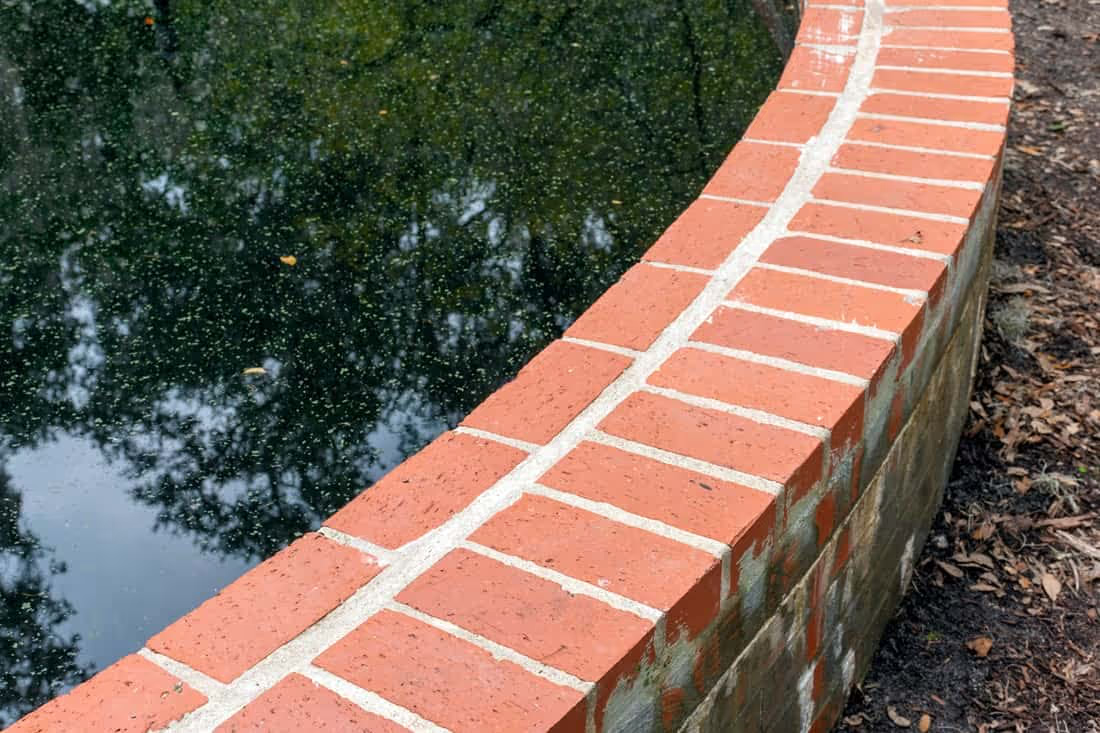
Design Tips
A backyard pond isn't just about digging a hole and filling it with water – it's about crafting a captivating and functional ecosystem. Let's explore some design tips that will help you create a pond you'll love:
- Use Aquatic Plants for a Natural Look:
Mix different types of aquatic plants for visual diversity and to improve water quality. For more information on specific water plant species and proper planting, check out our pond plants guide.
- Include Fish for Movement and Life:
Choose fish that are well-suited to the size of your pond, and make sure the water has enough depth (around 18-24 inches) to protect fish from predators and temperature changes. If you live in Ohio and plan to create a fish pond, check this list of the best fishes for outdoor ponds.
- Install Underwater Lights for Ambiance:
Choose waterproof LED lights that are designed for ponds. Place lights around the perimeter or beneath waterfall features for the best effect.
- Use Natural Stones to Edge the Pond:
Stones around the edges of your pond can create a natural, seamless transition between the water and the garden. Mix different sizes of stones to make the pond look more natural, and allow some stones to extend into the water for added texture.
- Add Stone Statues or Decorative Features:
Incorporating stone statues or sculptures can give your pond a unique, personalized look. If you want to add beautiful touches to your pond, our Ohio professionals at Stone Center provide stone carving which offers stunning stone pieces that are carefully crafted and designed.
Regular maintenance and thoughtful planning can ensure your pond remains a beautiful and healthy feature in your backyard for years to come.
Pond Care
The most important thing for your pond to last is aftercare, and we’ve prepared the main aftercare tips for you to keep in mind. This includes seasonal care as well as plant and fish care:
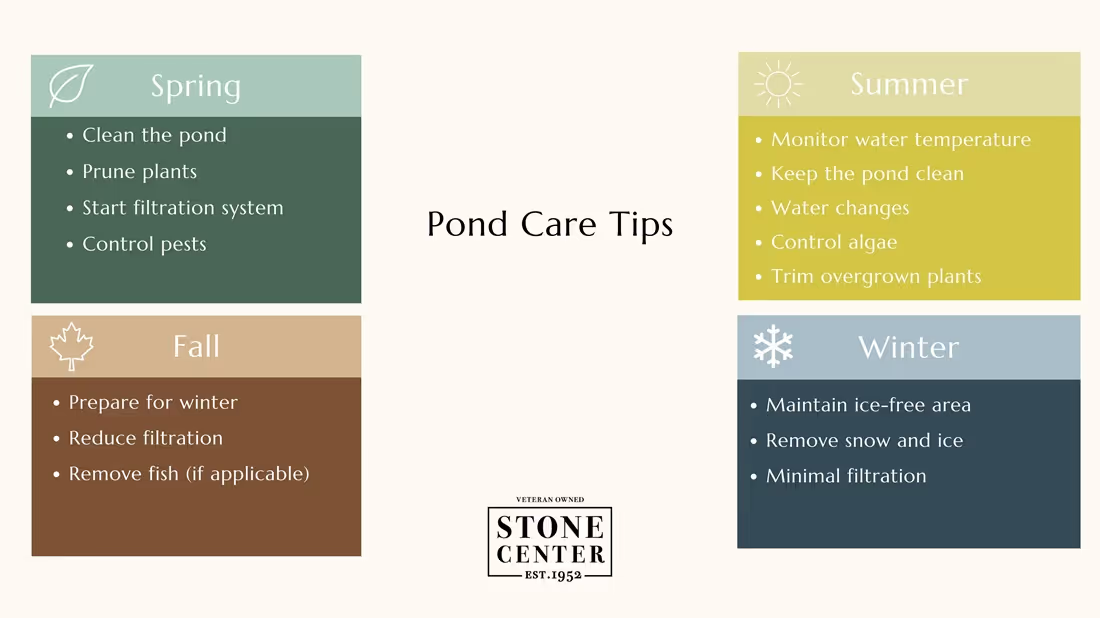
Remember, pond care requires ongoing attention, but the reward of a thriving, beautiful pond is well worth the effort!
Popular Mistakes That Occur While Building and Maintaining a Pond
It’s clear that building a backyard pond is a rewarding project that can add beauty and tranquility to your outdoor space. However, there are some common pitfalls that homeowners encounter along the way. Understanding these mistakes and how to avoid them can help ensure your pond project is a success from start to finish:
Creating a beautiful and thriving backyard pond requires careful planning, attentive care, and a bit of know-how. By being aware of common mistakes and taking preventative measures, you can avoid costly errors and ensure your pond is a source of joy for years to come. Remember, patience and a little research go a long way in building a successful and sustainable pond.
Conclusion: Your Dream Pond Is Within Reach
Creating a pond doesn’t have to be complicated. With some thoughtful planning and the right materials, you’ll have a stunning water feature that adds life and serenity to your backyard. From design to aftercare, your pond will become a centerpiece you’ll love for years.
If you’re looking for good-quality stones for your pond, don't hesitate to contact Stone Center. As an Ohio Stone Supplier, we provide high-quality materials for every outdoor space project. From patio pavers to edging stones for backyard ponds, Stone Center has what you need!
FAQ
.avif)
Jon, the owner of Stone Center, is a knowledgeable expert in natural stone products, specializing in various types of stone for landscaping and architectural projects. Passionate about promoting the beauty and versatility of natural stone, Jon aims to use these blogs to inspire readers with creative ideas to upgrade their homes.
How much does it cost to get a stone restored?
How much you end up spending to restore stone varies on the type of stone, the technique, and the stone’s current condition. Stone in good condition will cost less to restore, whereas stone that has a lot of wear and tear may require a longer restoration.




